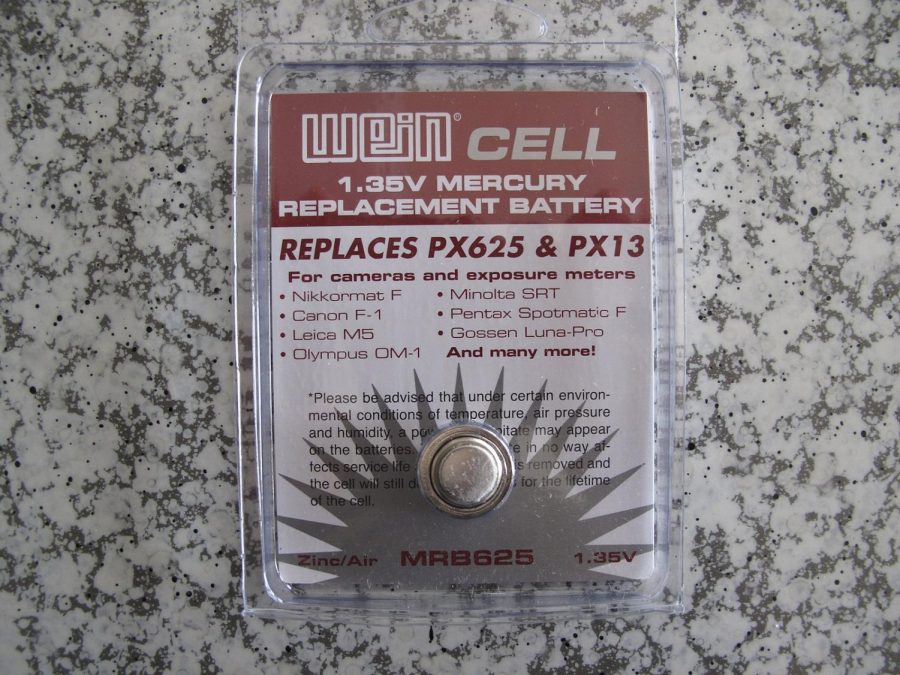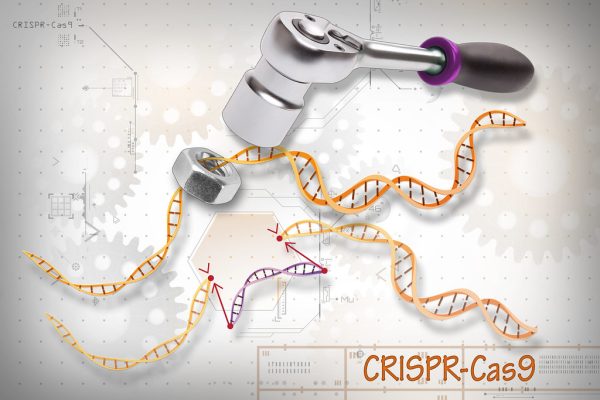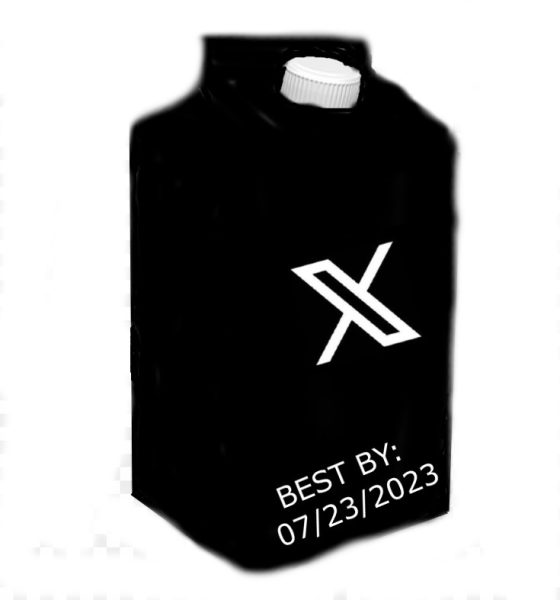Revolutionizing Rechargeable Batteries
Compared to other batteries in the field of science, zinc-air batteries are made with more chemically stable substances, allowing for a certain level of security in consumer interaction.
Whether it’s your camera or a clock, batteries are used to power a wide range of household appliances. Although it may sound rather simplistic to convert chemical energy into electrical supply, the technology behind creating batteries has been one plagued with toxic substances and violations of legislation. Particular issues arise when tackling the common zinc-air battery: its instability and unstable reactivity make current models unfeasible. Thankfully, scientist Dr. Wei Sun and his team at the MEET Battery Research Center in the University of Munster have delved deeper into the root of the problem—hopefully to offer the scientific community and everyday civilians with a reusable version. Dr. Sun’s advancements in the field of batteries have not undermined the very characteristics which attract so many consumers to their appeal, as a priority for the researchers was ensuring that the prototype was just as affordable, if not more cost-effective, than current designs.
Dr. Sun’s research started with analyzing current products of zinc batteries and later developed into isolating features that could be further improved upon. Zinc-air batteries are known for their compact size, allowing for convenience in manufacturing and product distribution as well as usage. Compared to other batteries in the field of science, zinc-air batteries are made with more chemically stable substances, allowing for a certain level of security in consumer interaction. However, up until now, these batteries have never been made reusable due to energy inconvenience, which is what Dr. Sun began to address.
In designing his prototype, Dr. Sun studied the framework of zinc-air batteries. These devices consist of numerous cells which are broken down into electrodes. Gases may enter these pores, allowing for the formation of hydroxide, which is later released to promote energy powerage for external devices in the form of electrical currents. The reaction itself is highly complicated and internal, which marked great difficulty for the physicist to break down and consider making reversible. Since the gaseous particles only seemed to interact in pattern-specific mechanisms, ordering the individual battery cells in alternative orientations became the key to cracking the case for the team’s research developments. After toying with current models, the researchers realized that furthering study into water-repellent batteries might be of use.
The adjustments the team made to original zinc-air batteries were distinguished on a nano level, allowing them to develop a prototype of their intended product to demonstrate its ability to repulse various liquids and reverse these reactions. What changes the direction of voltage and gaseous interactions is the electrical current of the battery, which also can be made more compact in its integrated ability to adapt to different substances under the proposed model. The prototype contains water-repellent technology, introducing new electrolytes to pre-existing molecular interactions. According to Maria Temming from ScienceNews, “[Those] ions stick to the cathode, preventing H20 from the electrolyte from reacting with incoming oxygen at the cathode surface. As a result, zinc ions from the anode can travel to the cathode and react directly with oxygen from the air.” Because gaseous interactions are made reversible, so is the battery’s ability to process electricity, allowing voltage to continuously flow through the product numerous times.
Along with the reversible development of electrolytes, there are several long-standing effects with Dr. Sun’s proposition. With reversible technology, the circulation efficiency of batteries may also be enhanced, allowing the products to have a larger carrying capacity and greater performance capability. Because electrolytes are what power these devices, Dr. Sun made a wise decision to tackle the cathodes themselves and enhance substances at the foundation of battery technology. Along with being able to drain and recharge a new cell 320 times over 160 hours, Dr. Sun’s team has shown the scientific community and telecommunication programs that integrating scientific achievement with convenience, affordability, and pre-existing methods may be possible.
From here, Dr. Sun and his researchers hope to study RTILs, a specific electrolyte for zinc-air batteries, more in-depth, to hopefully increase protection for the already apparent electrodes within the product. In doing so and receiving government approval, the scientists will soon be able to market their design commercially, marking a revolutionary aspect to the realm of science—making those batteries that power our appliances reusable.











